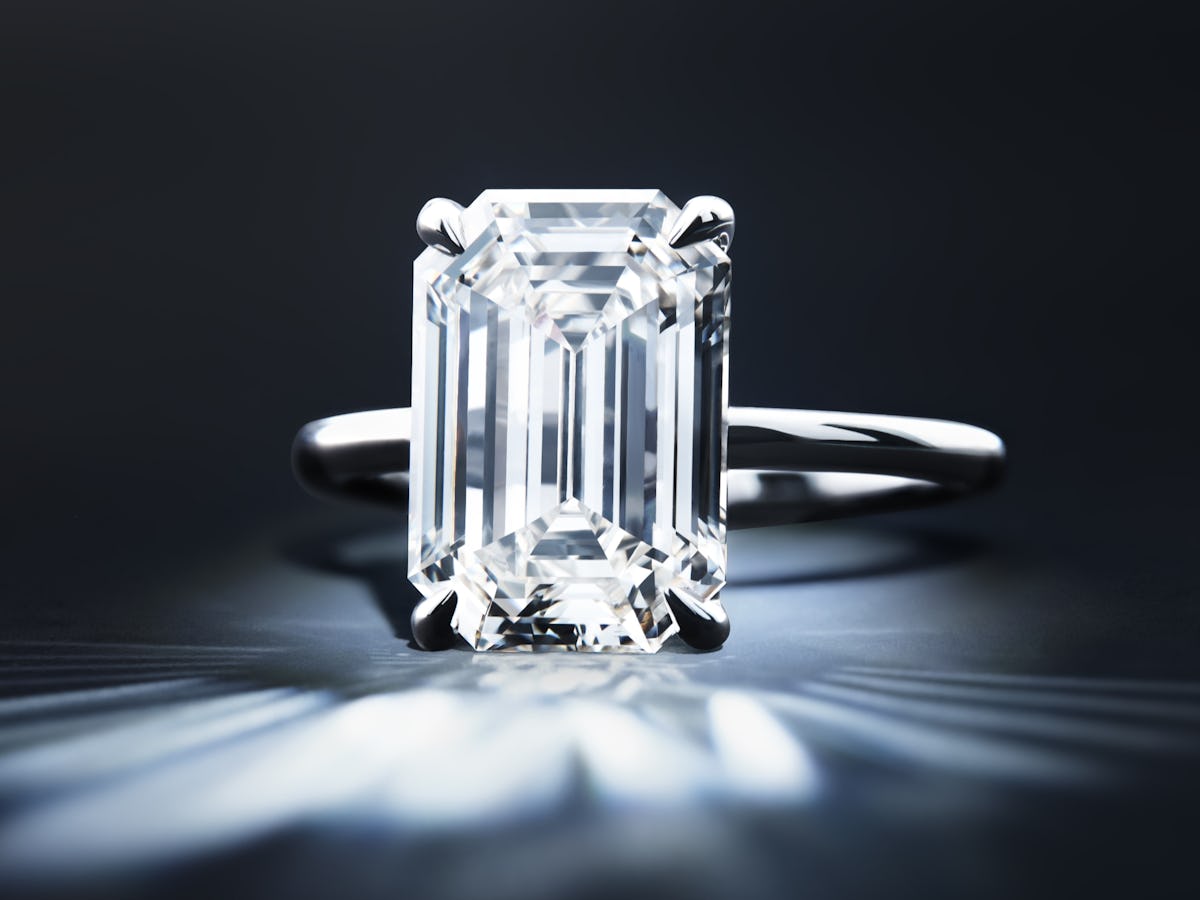
Royal engagement rings are a symbol of both love and power, often reflecting the history and culture of the families that wear them. Among European royals, the choice of an engagement ring is far from ordinary; these rings are often imbued with deep meaning, family heirlooms, and intricate designs that convey status and heritage. When it comes to Danish royal engagement rings, they are known for their classic elegance and historical significance. However, when compared to other European royal families, such as the British, Swedish, or Monaco royals, the styles, origins, and personal stories behind these rings can vary significantly.
The Danish royal family’s engagement rings are typically rooted in tradition, with several rings passing through generations. One of the most iconic is the engagement ring of Crown Princess Mary, wife of Crown Prince Frederik. Her engagement ring is set with a stunning oval-cut ruby surrounded by diamonds. This ruby ring has special significance, as it was originally worn by Queen Alexandrine, the grandmother of Denmark’s current monarch, Queen Margrethe II. The ruby represents the Danish royal family’s connection to its history, as the stone is a rare and precious part of Denmark’s royal heritage. The design is classic, with its elegant blend of ruby and diamonds, offering a striking contrast to other royal engagement rings that may focus more on diamonds or sapphires.
In contrast, the engagement rings of other European royal families tend to reflect a different mix of personal style and historical connection. For example, the British royal family is famous for the iconic sapphire and diamond ring that Prince Charles gave to Lady Diana Spencer in 1981. This engagement ring, which now belongs to Princess Catherine (Kate Middleton), has become one of the most famous royal rings in the world. The deep blue sapphire, surrounded by diamonds, is a bold choice and represents the British royal family’s affinity for colored gemstones. Unlike the Danish royal engagement ring, which features a ruby, the British ring is symbolic of the royal family’s historical ties to the color blue, which is also tied to their coat of arms.
Sweden’s royal family has also made headlines for its unique engagement rings. Crown Princess Victoria’s engagement ring, given to her by Prince Daniel, is another example of how European royal rings can vary greatly. The Swedish ring features a beautiful oval-cut diamond surrounded by small diamonds, giving it a modern yet timeless appeal. The design is minimalist compared to the more ornate British and Danish rings, but it is no less meaningful. The simplicity of the ring reflects Sweden’s modern monarchy and the personal tastes of the couple, who have focused on understated elegance rather than ostentation.
In Monaco, the engagement ring worn by Princess Charlene is another example of a modern yet sophisticated design. Prince Albert II of Monaco proposed with a beautiful emerald-cut diamond ring. Unlike the traditional round or oval shapes common in other royal rings, the square shape of this diamond gives it a distinctive look. The choice of diamond also reflects Monaco’s wealth and grandeur, with the diamond’s clarity and size drawing attention to the ring’s luxury. The Monaco royal family has been known for making bold and stylish choices, and Princess Charlene’s ring is no exception.
Each European royal engagement ring tells a different story, whether it’s the centuries-old family legacy reflected in the Danish ruby ring or the contemporary, chic choices of Sweden and Monaco. While many European royals favor diamonds for their timeless beauty, the inclusion of colored gemstones like sapphires, rubies, and emeralds shows that there is no one right choice for a royal engagement ring. From the British family’s iconic sapphire to the Danish family’s historic ruby, these rings are not only symbols of love but also powerful representations of royal heritage and personal preferences.
In conclusion, royal engagement rings offer a fascinating glimpse into the values and history of the royal families that wear them. The Danish royal engagement ring is just one of many examples of how engagement rings can vary between countries and monarchies. Whether through the inclusion of family heirlooms, the choice of gemstones, or the design of the ring itself, each royal engagement ring tells a unique story of love, legacy, and tradition.